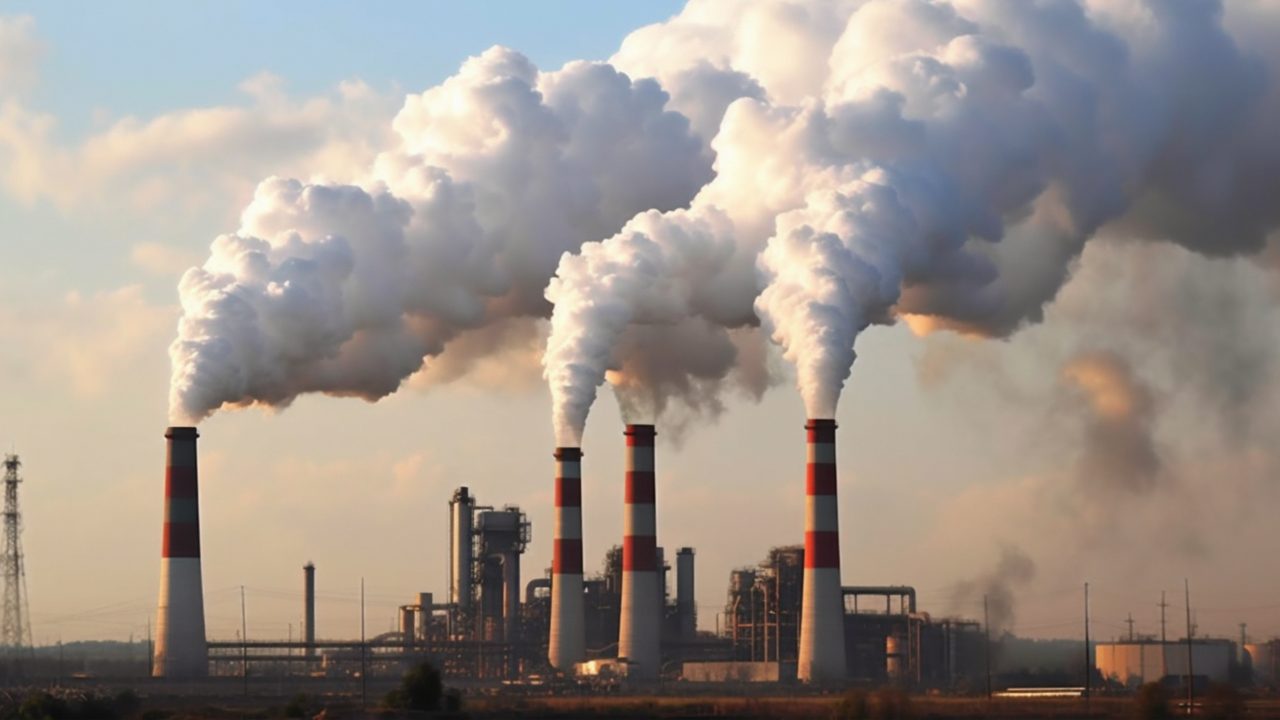Freshly unveiled data indicates a promising reduction in greenhouse gas emissions across 11 out of New Zealand's 16 regions during the year 2022.
The recently disclosed statistics, made public by Stats NZ last week, show that the Waikato region achieved the most notable decline between 2021 and 2022, with emissions plummeting by 2069 kilotonnes, marking a substantial 13% drop.
Notably, Northland followed suit, registering a decline of 540 kilotonnes (13%), while Manawatū-Whanganui experienced a decrease of 271 kilotonnes (4.8%).
In the span between 2021 and 2022, the Waikato region made impressive strides in emissions reduction, with a striking 1760 kilotonnes (39%) drop in emissions from electricity, gas, water, and waste services. Additionally, emissions stemming from the sectors of agriculture, forestry, and fishing witnessed a decrease of 277 kilotonnes (3.5%).
Stats NZ's environmental-economic accounts manager, Stephen Oakley, attributed the decline in the Waikato region's emissions primarily to a decrease in coal consumption for electricity generation.
"The reduction in industrial emissions from Waikato contributed to more than 70% of the total decrease in industrial emissions in 2022," Oakley told Newshub.
The year 2022 heralded a decrease in Northland's emissions, which was driven by a significant decline in manufacturing, marking a 498 kilotonnes (33%) decrease, largely attributed to the cessation of oil refining activities in the region. Emissions from agriculture, forestry, and fishing also showed a decrease of 38 kilotonnes (2.0%).
Conversely, some regions experienced an increase in emissions, with Taranaki leading the pack with an uptick of 171 kilotonnes (3.4%), closely followed by the West Coast with an increase of 100 kilotonnes (9.8%), and Hawke's Bay with a 33 kilotonnes (1.0%) rise.
Taranaki's emissions increase was driven by a surge in mining activities, marking a 201 kilotonnes (33%) rise, primarily due to heightened oil and gas production. This followed a decrease in the prior year, triggered by a substantial decline in emissions from industries related to electricity, gas, water, and waste services in the region.
Household emissions, a significant contributor to overall emissions, showcased an encouraging trend in 10 of the 16 regions, mainly attributed to a decrease in transportation-related emissions. In the year 2022, household emissions comprised approximately 12% of New Zealand's total emissions, with the remainder stemming from industrial activities.
The collective household emissions across all regions witnessed a marginal decrease of 2.7 kilotonnes (0.03%).
A standout increase in household emissions occurred in the Waikato region, rising by 63 kilotonnes (5.5%), primarily attributed to a surge in household transport emissions, which constituted 91% of the region's household emissions for the previous year.
On the other hand, Auckland displayed a noteworthy decrease of 23 kilotonnes (0.9%) in household emissions, while Manawatū-Whanganui saw a decrease of 21 kilotonnes (4.5%), and Taranaki experienced a decline of 14 kilotonnes (6.6%).
Oakley highlighted that various factors could have influenced changes in household emissions in 2022, including shifts in everyday behaviour due to the ongoing COVID-19 pandemic, the influence of fuel and public transport subsidies, and evolving trends in remote work.











